
$200 of good, clean, explosive fun!

I had my one week check in with the eye doctor today. He says my eyes have healed up and I can wear my contacts again. Woot! I’ll be able to see on vacation next week!
There’s a new kind of contact for my condition from SynergEyes for my problem. There is a big waiting list to get the diagnostic kite (whatever that is) so that I can be fitted. Not one to wait patiently, I called up Synergeyes and simply asked for them to send the kit to my doctor. They were helpful and are going to call him directly and see what can be done to speed things up.
Who knows if it will help, but if you don’t ask, you never know.
I knew this day would come sometime. After wearing my contacts for 18+ hours a day, everyday, my eyes have finally rebelled and decided not to cooperate any more.
Bright light had been causing me pain and I finally went to the eye doctor yesterday. My eyes have been injured a bit a nd need time to heal. What that means is no contacts for a week or until everything is healed up.
Due to my condition, keratoconus, this is a big deal. The condition does more than just make me nearsighted, it creates a smearing of what I see. Kinda like permanent double vision.
Special contacts basically give me 20/20 vision by correcting for the myopia and the optical bending that causes the smears. Most people wouldn’t know that I’m legally blind without my contacts. Without my contacts, I need to hold things about six inches from my face to have any chance to read it. Even then, I need to squint to see anything. I do have glasses, but they can’t correct for the smearing or fully for the near-sightedness. As a result, the glasses extend my reading range out another foot or so.
To write this on the computer, I need to lean far forward and increase the font size on the computer pretty high. Spending more than 45 minutes or so trying to read or use the computer guarantees a headache and sore eyes from squinting.
While this sucks and all, I have it good compared to some people and their eye problems. There are many people that never get a chance to see well at all. In that respect, I feel very lucky that I get to see normally most of the time. Of all the maladies that people suffer, I got off easy compared to many.
So what does it mean? It means I can’t drive or really work. Work involves a lot of reading and computer work. I can’t watch TV, it’s all a blur, even with my glasses on. So while my eyes heal, I basically need to walk around with my glasses off and do nothing.
Too top it all off, the dog chewed off the end of my glasses where they rest on your eyes, so I need to go out and get new frames for the lenses.
So I will see you all in a bit. Until then, do good work.
Tonight I will be speaking to SMPTE Hollywood about digital media stuff. They spelled my name wrong, but here’s the panel I’ll be on.
Specifically I’ll be talking about “practical issues involved with creating portable media from traditional digital media workflows – transcoding content to the right format as well as metadata, XML conversion, DRM, storage and network/transport”. Thrilling stuff folks!
If you a television turbo-geek, please come heckle.
Warning: The SMPTE web site has a very 1999 design feel to it, so any creative types or designers should be wary, lest your eyes bleed. I’m not kidding, it would toss Jason Kottke and Khoi Vin into a epileptic fits if they ever saw the site.
After our nice find of Java Juice as instant coffee, Michele was on the look out for other options. While shopping at the 99 Ranch Market (an Asian supermarket in LA), she found a box of Casa Coffee.
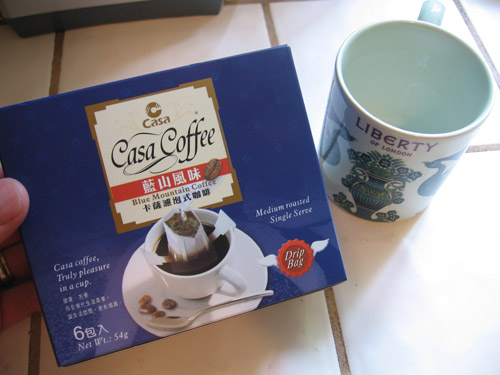
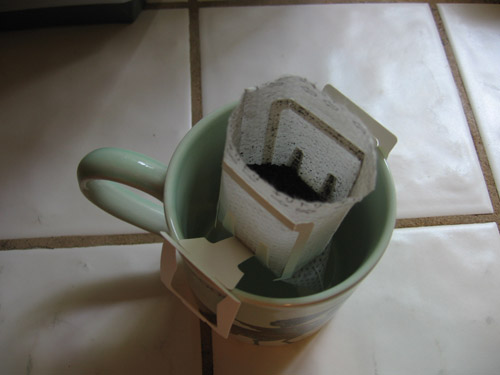
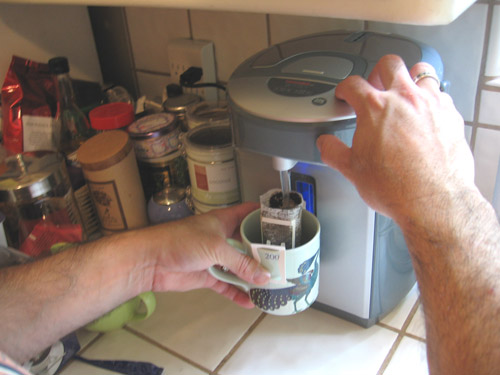
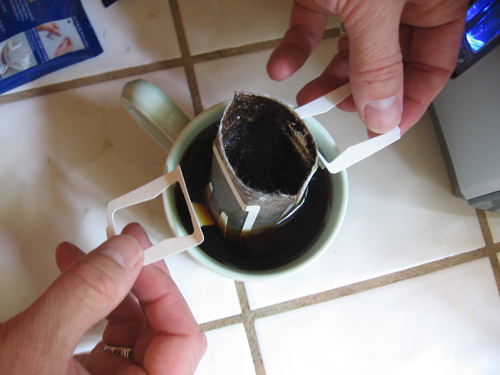
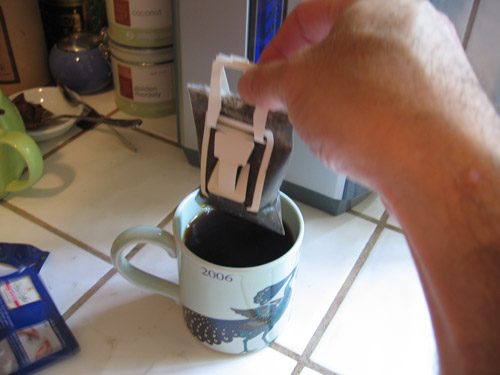
Last weekend, the hard drive in our media server died. This sucks, but is not the end of the world, we had backups. This is the second time the hard drive in the media server has died. My best guess is that this is due to excessive heat.
To prevent further losses, I’ve replaced the hard drive with a pair of hard drives in a RAID set. A RAID is basically telling two hard drives to act as one. If one fails, you have the other. I also bought an external hard drive to do even more backups.
But I need to address the heat issues. Michele is insistent that the covers stay on the computer. So, the easy method, leaving the sides off, is right out.
That meant using forced air blown through the case. I had a ultra-quiet Cooler Master fan and a grill for another project I never got around to doing.
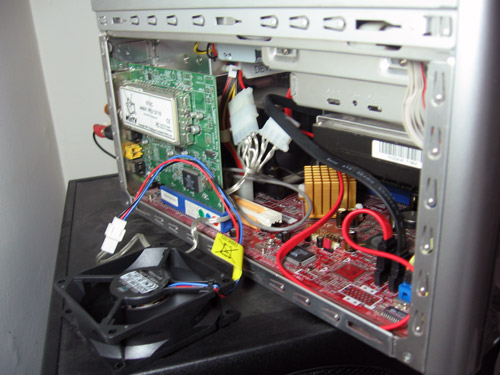
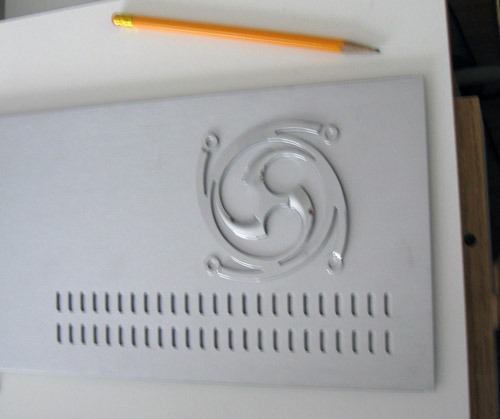
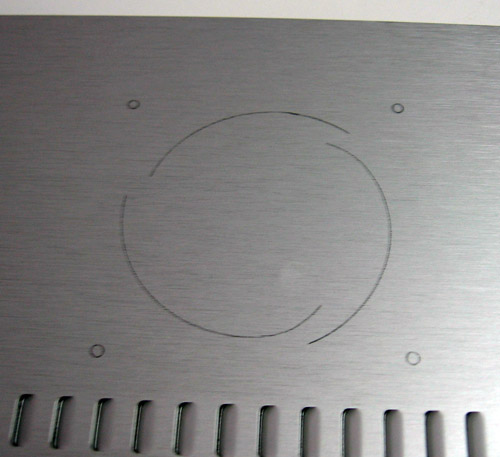

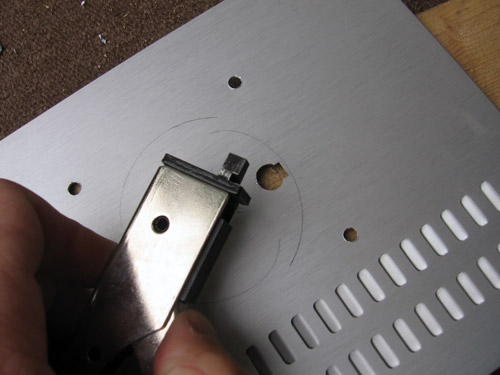
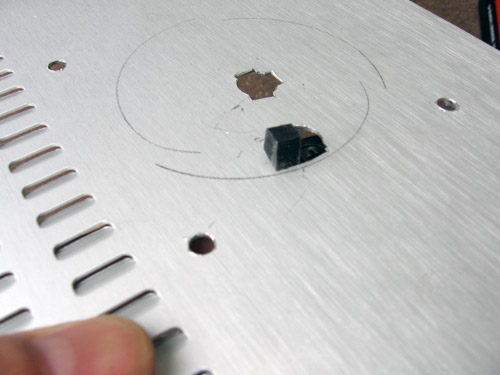
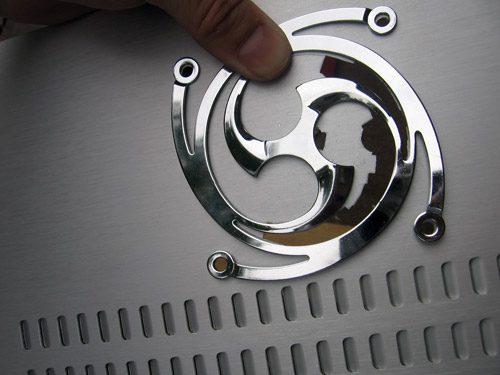
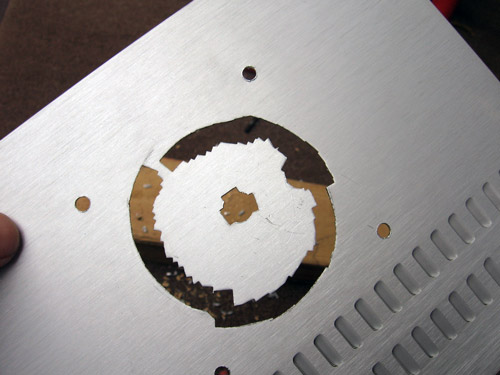
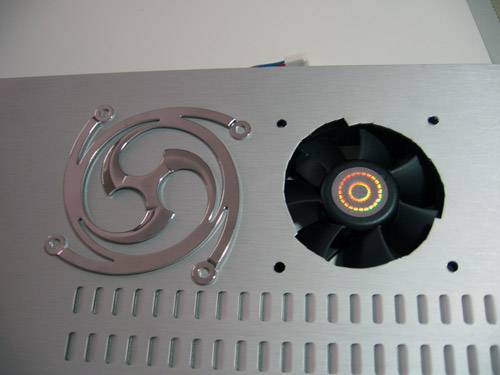
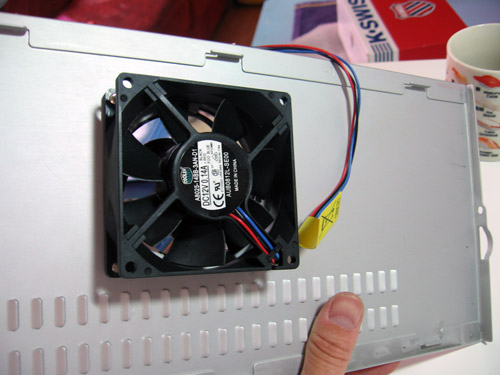
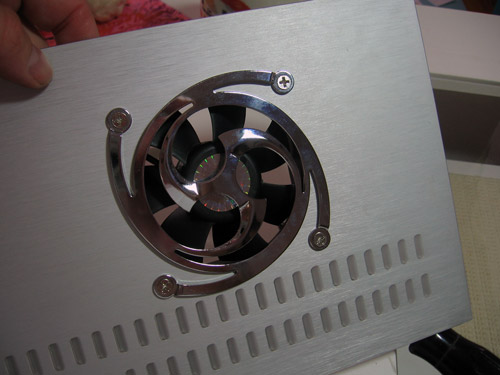
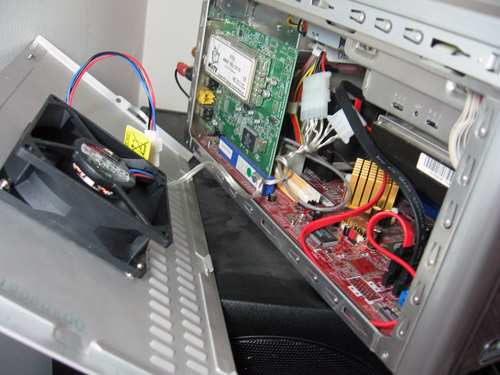
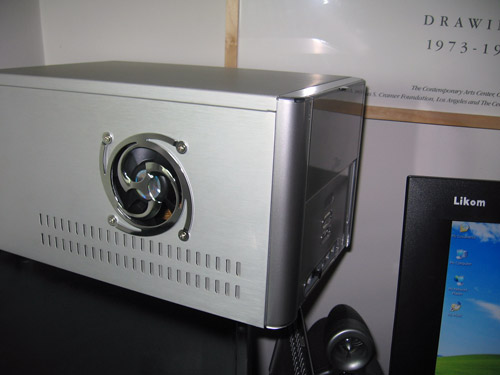
In the last week, I’ve gotten a half dozen emails about advertising on Cruftbox and three different headhunters called me to offer jobs.
Wha? I am simply not that in demand. My unhealthy fascination with junk food alone should scare most people away.
What happened? Did someone post me on a milk carton or a bathroom wall?
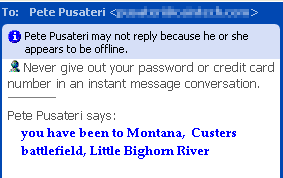
I’ve actually been reading a lot lately but have been neglecting my reviewing duties. Friends and family know that I’ve read this book, because I can’t stop talking about it.
The Omnivore’s Dilemma – Michael Pollan
Michael Pollan is a writer for the New York Times. I heard him speak on the radio about our food and how it is made. It was intriguing and I picked up the book for our trip to Hawaii.
Basically, Pollan looks at how food gets to the supermarkets where the vast majority of Americans shop. The reality he explains is astounding. Now, before you think I’m just some hippy on the net hyping the latest granola-eating idea that comes down the pipe, let me describe my food habits. We buy the majority of our food at Pavilions and Ralph’s supermarkets, with the occasional trip to Trader Joe’s for unique items. We eat fast food a couple times a week as a family and I personally eat out every day at lunch. We do buy organic eggs and milk and when the opportunity arises ‘free range’ and organic meat.
In his examination of the corn industry, I was amazed at the absolute insanity of the system of corn farming. Due to the government’s intervention on behalf of the large food processors (like ADM), the price of corn is less than the cost to grow it and the corn industry has become dependent on oil-based fertilizer (surprise!). The amount of corn produced is huge and the food processors invented high fructose corn syrup in the early 80s to find a use for all the corn produced. Today, with corn syrup in pretty much everything we eat, the new corn product being pushed is… ethanol (surprise!).
Next he looks at what the label ‘organic’ really means. Again, I found this fascinating. In short, organic just means that a farmer doesn’t use pesticide or fertilizer on plants and doesn’t use hormones or anti-biotics on animals. The majority of ‘organic’ food is still grown by mega-agribusiness in huge amounts. Thinking now about people that shop at places like Whole Foods get their food as opposed to the ‘regular’ supermarket is a bit funny. Organically labled food is the same whether you buy it at Safeway or Whole Foods. The silliness of it even gets bigger when you start thinking about buying organic out of season fruits that rode in exhaust spewing aircraft to get from South America to the US in the name of being ‘healthier’.
I do have to say that buy buying organic, you are getting a product that doesn’t have pesticides or fertilizers in them. That is a good thing, but organic foods are not the panacea to America’s food problems.
Polland describes the Polyface farm as an example of a sustainable farming method that by all accounts is the best way you could hope to get your food. I have to admit I was enamored when reading it, but some of the concepts don’t scale to amount of food needed to feed cities of hungry people. If I lived near Polyface Farm in Virgina, I’d go out of my way to buy their food. Pollan leads from hear into a brief desciption of the ‘slow food‘ and ‘eat local‘ movements. Both movements argue that eating food that is produced near to where you live is better in almost every way than eating food that is produced far away and shipped to you.
The point Polland makes about food labeling is superb. When was the last time you went to the store and saw the name of the farm where your oranges were grown? Was it in Florida or California? If you had questions about the farm where your ‘free range’ chicken was raised, who coudl you ask? Big agribusiness does not want you asking or thinking these kinds of questions. They want you to think that all eggs and oranges and apples and milk is exactly the same. You know this isn’t true.
Why do you think the good chefs are picky about the food they cook with? It’s because the little things matter in food. Honey made by bees that live near Clover is much different than the honey made by bees near tupelo. Beef from cows that eat grass is different than that from ‘corn fed’ cows.
After reading the book, I went to our local farmer’s market with the kids. Sure enough, the people there could tell you exactly where the food came from, most of it local. But the selection just isn’t there. Eating local means no corn in winter and no grapes in the spring. I liked the ideas, but it takes real effort to eat local and sustainably. It’s more than driving to Whole Foods.
The last part of the book deals with hunting and gathering. This part was interesting, but not particularly revealing. Those that have qualms about eating meat yet do may find it deeper, but I came to grips with being carnivorous ethically long ago. Each person needs to make up their mind about eating meat. Either eat meat or go vegan I don’t care, but I do care if you haven’t given the matter some thought.
If you can’t tell already, I highly recommend the book to anyone that has a passing interest in what they eat. If you haven’t done much reading about food before, you won’t be disappointed.
Pollan has a good weblog about these idea at the New York Times, but it’s behind the pay wall where most people can’t read it. We read the printed on paper Times, so we get to read it. It’s a shame that the Times can’t find sponors to make the column free to read.